Answers to frequently asked questions about coffee beans
Q1: Why is there a vent hole on the bag of coffee beans packaged in coffee shops? Can you squeeze the bag to smell the fragrance?
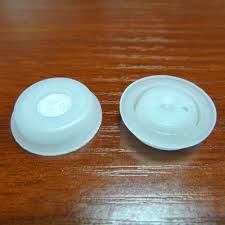
A1: During the roasting process of coffee beans, the moisture contained in the interior will gradually be lost due to the temperature of the roaster boiler, and these originally water-containing spaces will also be compressed due to moisture removal.
Once the coffee beans leave the dryer, the internal dehydration and compression space will gradually recover due to temperature difference and moisture in the atmosphere. In order to avoid excessive absorption of moisture in the atmosphere, the freshly roasted coffee beans are usually packed into bags with vents to preserve. The beans in the bag will continue to exhaust, after a period of time will be filled in the entire package, at this time if there is no gas release pipe, continue to expand, the gas will form pressure, and so that the coffee beans can not continue to exhaust. Once in this state for too long, the fiber space inside the coffee beans will be compressed to the original size, which will make the effect of water saturation during brewing worse, and extract coffee liquid with insufficient taste.
This problem can be avoided if the bag in which the beans are stored has an exhaust duct that allows excess gas to escape. The exhaust channel can only discharge gas to the outside in one direction, and cannot be ventilated in two directions, resulting in moisture in the air entering the packaging bag. Sometimes we will see the bag due to exhaust and bulging up, then do not squeeze it, this is because once the external pressure to release the gas, it will cause the bag pressure to weaken rapidly, resulting in an imbalance between the bag inside and outside the pressure, so that the internal fiber space of the coffee beans will also be reduced due to the compression of the pressure, which affects the quality of the brewing extraction.
Q2: Is the best taste period of dark roasted coffee beans the same as that of light roasted coffee beans? Is it better to brew beans as soon as they are baked, or to brew beans after 3 to 7 days?
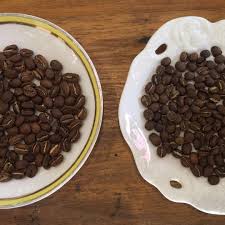
A2: When the internal fiber space stops changing, it is the best extraction time point for coffee beans. Exhaust strong coffee beans, because the internal fibers are still restored to the original state, so once exposed to hot water, the internal space will expand rapidly and produce a large amount of gas, which is a phenomenon that fresh coffee beans will have, but the strong exhaust will hinder the water saturation of coffee particles. Generally speaking, after 3 days of roasting, the excessive exhaust of coffee particles will slow down; after 5 days, the water saturation of the particles will gradually stabilize; after 7 days, the internal space of the particles will no longer change, and the saturation of water absorption will be better than before. Soluble substances will also be greatly increased, and the taste will be multiplied.
The above-mentioned storage days are mainly deep-roasted coffee beans, light-roasted coffee beans because of the low dehydration rate, the internal space needs to recover for a short time, generally roasted for 4 days, the internal space has been restored almost. Therefore, the time to brew the best flavor is, in principle, about 3 days earlier than the deep-roasted coffee beans.
Q3: Can't coffee beans be ground once and then preserved? What is the best way to preserve coffee beans? Can coffee beans be stored in the refrigerator?
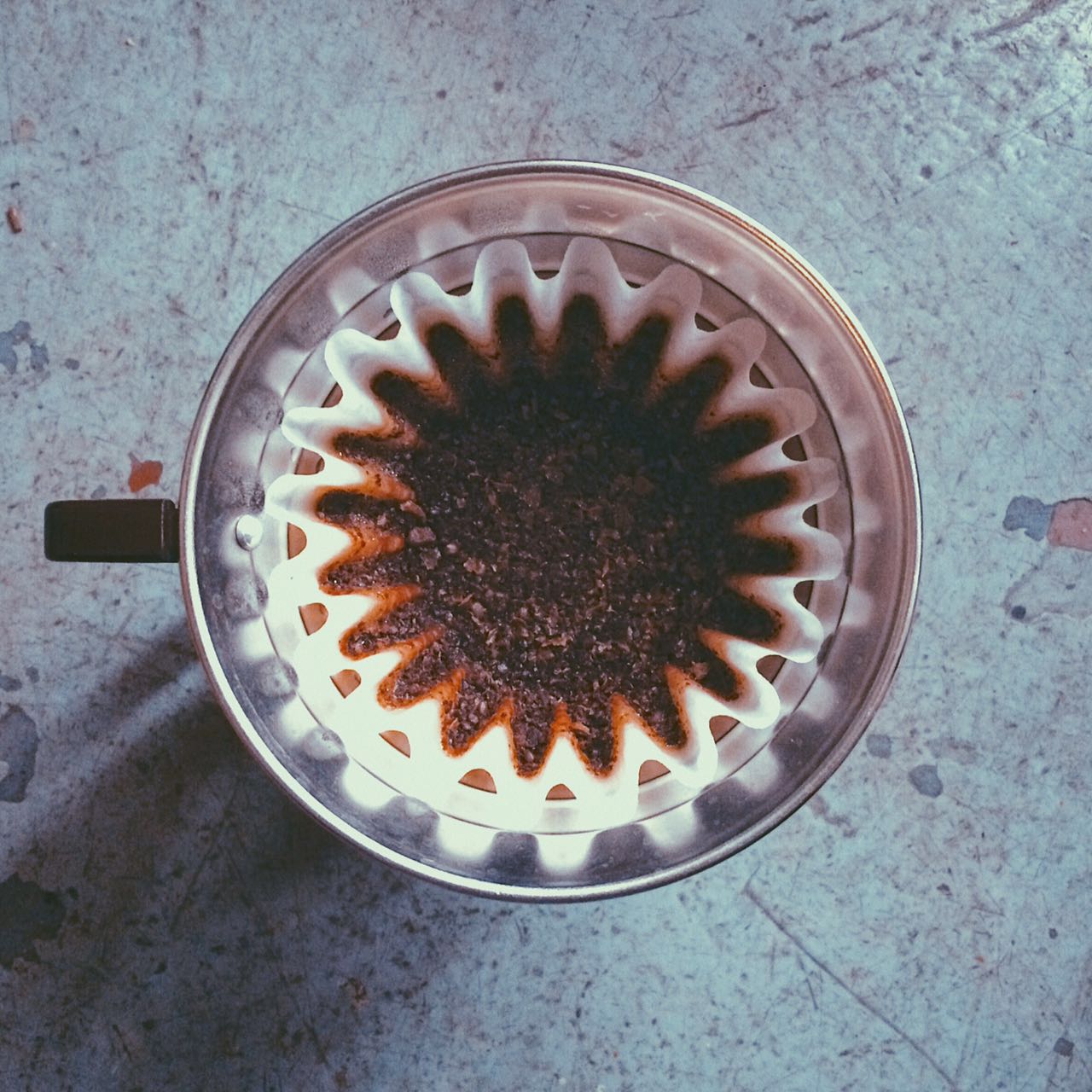
A3: Because after the coffee beans are ground, they will increase the area in contact with the air, which will greatly increase the chance of moisture, which will reduce the aroma and flavor of the coffee particles, and the shelf life will also be greatly shortened due to the increase in the probability of moisture in the particles. Therefore, if you want to taste the best coffee flavor, it is best to diligently grind the coffee beans before brewing.
Coffee beans should be stored at room temperature, and the best storage container is a light-tight, air-tight container. The purpose of isolating air has been mentioned above, and reducing contact with light is mainly to avoid coffee beans from qualitative changes due to ultraviolet radiation, so in addition to sunlight, it is also necessary to avoid coffee beans from irradiating lamps that generate ultraviolet rays. If you can't buy a light-tight, air-insulated container, it's also a good choice to use the special bag used to pack coffee beans when selling coffee beans in a coffee shop.
Coffee beans, whether ground or not, should not be stored in the refrigerator, because the thick moisture in the refrigerator will accelerate the moisture condition of coffee beans. In addition, the fiber inside the coffee beans has the effect of adsorbing the taste. If it is placed in the refrigerator, it will absorb the taste of other foods and become a super deodorant, which cannot achieve the purpose of preserving coffee beans well.
Q4: Why do some coffee beans have oil on the surface? Can I continue to use the oil?
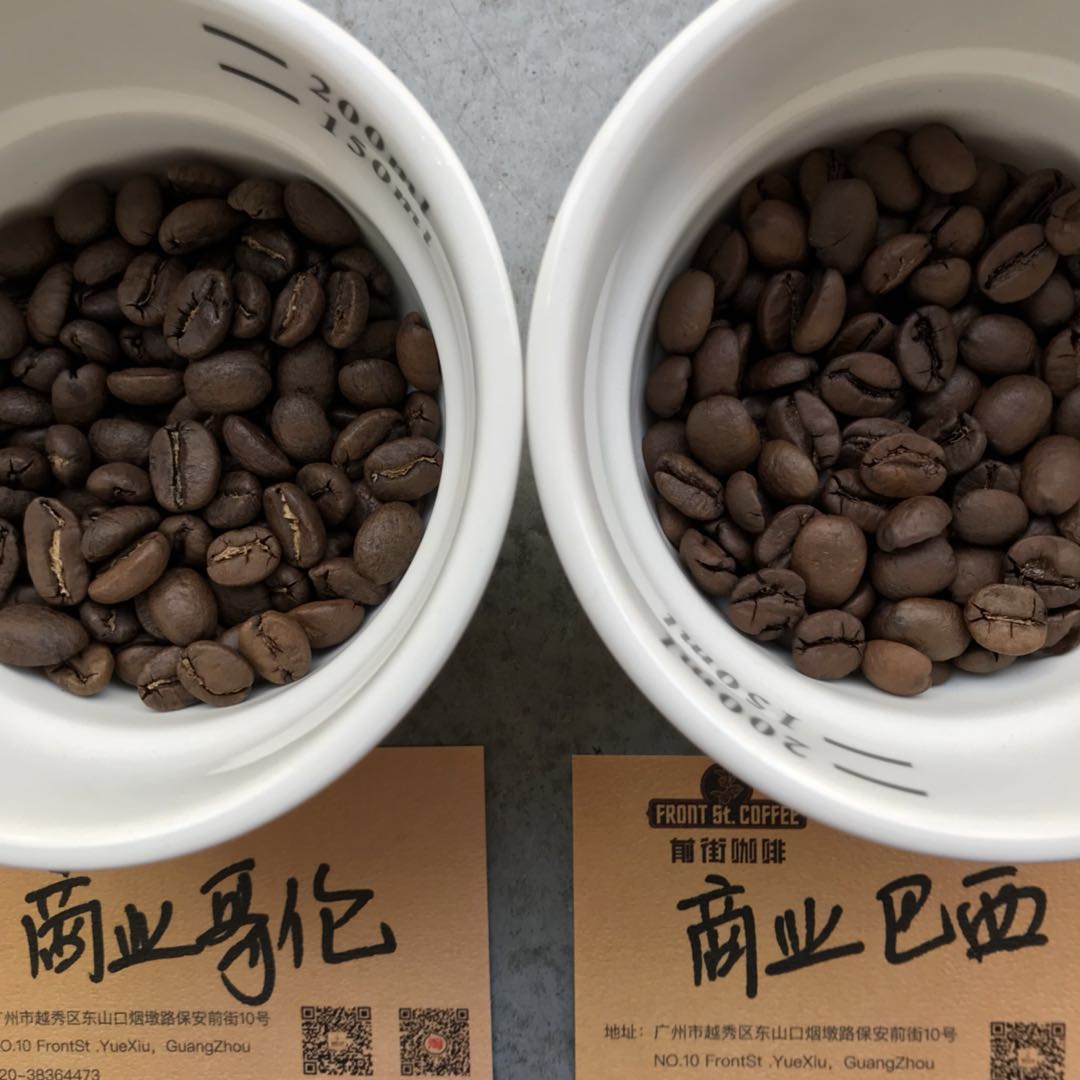
A4: When coffee beans enter deep roasting, they will produce oil due to high dehydration rate, so deep roasted beans will begin to produce oil on the surface after 1 ~ 2 days of storage, which is a normal phenomenon.
However, when such a state occurs in light or medium light coffee beans, it represents that coffee beans are over-dehydrated due to uneven heating during the roasting process, and the oil phenomenon at this time will be dominated by spot oil, rather than the overall surface oil like deep roast coffee. Once this phenomenon occurs in medium-light or light-roasted coffee, it is not recommended to continue using it.
Important Notice :
前街咖啡 FrontStreet Coffee has moved to new addredd:
FrontStreet Coffee Address: 315,Donghua East Road,GuangZhou
Tel:020 38364473
- Prev
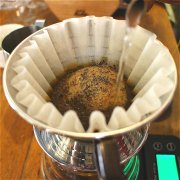
Why is coffee powder suitable for brewing only once? this paper introduces the principle and characteristics of coffee extraction.
People often ask: can't you make another cup of coffee grounds left over from brewing coffee? What a waste! In fact, it is not just a matter of one or two words to explain this problem clearly. We should start with the characteristics of coffee beans. Coffee cooked beans are composed of soluble aromatic substances (about 30%) and wood fibers (about 70%), but not all of them are extracted best when extracting aromatic substances.
- Next

Introduction to the Coffee History of Rwanda and Coffee Flavor of Abakundakawa Cooperative
Rwanda (Rwanda) from Central Africa, neighboring to the north (Uganda), east (Tanzania), south (Burundi), west (Republic of the Congo ~ old say), is a truly standard landlocked country (see figure 1). All products, whether to go up to the sky or to the sea, export or import must be agreed with neighboring countries, or it is a dead end. Take a look at all the neighbors around it.
Related
- Beginners will see the "Coffee pull flower" guide!
- What is the difference between ice blog purified milk and ordinary milk coffee?
- Why is the Philippines the largest producer of crops in Liberia?
- For coffee extraction, should the fine powder be retained?
- How does extracted espresso fill pressed powder? How much strength does it take to press the powder?
- How to make jasmine cold extract coffee? Is the jasmine + latte good?
- Will this little toy really make the coffee taste better? How does Lily Drip affect coffee extraction?
- Will the action of slapping the filter cup also affect coffee extraction?
- What's the difference between powder-to-water ratio and powder-to-liquid ratio?
- What is the Ethiopian local species? What does it have to do with Heirloom native species?

